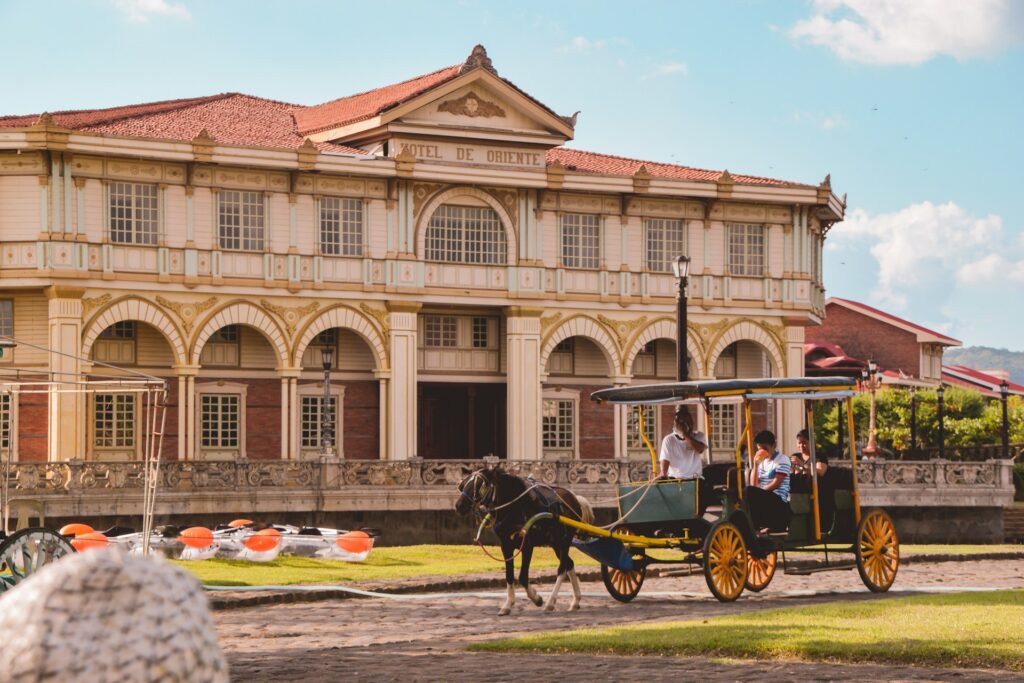Retiring in the Philippines offers a unique blend of tropical beauty, rich culture, and affordability that attracts retirees from around the world. For those considering spending their golden years in this Southeast Asian country, understanding the financial implications is crucial. Here’s a detailed look at how much you might need to retire comfortably in the Philippines.
Cost of Living in the Philippines
The cost of living in the Philippines is one of its most attractive features, particularly for retirees from Western countries. Expenses such as housing, food, healthcare, and transportation are significantly lower compared to the U.S. and Europe. However, the total amount needed can vary widely depending on lifestyle choices, location, and personal needs.
Housing
Housing costs vary greatly depending on whether you choose to live in a city or a rural area. For example, renting a one-bedroom apartment in Metro Manila can cost anywhere from $300 to $700 per month, while similar accommodations in less urbanized areas might only cost $200 to $400 per month. Buying property is also an option, with prices significantly lower than in many Western countries.
Healthcare
The Philippines has a range of healthcare facilities, including hospitals that meet international standards.
Expats typically opt for private healthcare, which is affordable compared to U.S. standards. Basic health insurance plans can cost as little as $50 to $100 per month, although premiums can be higher depending on age and health conditions.
Daily Living and Entertainment
Day-to-day expenses are also reasonably low. A typical meal at an inexpensive restaurant can cost around $3 to $5, while a three-course meal for two at a mid-range restaurant might be around $20 to $30. Other expenses, such as groceries and transportation, are similarly affordable. Entertainment and leisure activities, such as cinema tickets, local travel, and hobbies, can be enjoyed without breaking the bank.
Estimating Retirement Budget
To determine how much you need to retire in the Philippines, it’s essential to consider your desired lifestyle.
Here’s a breakdown of potential monthly costs based on different lifestyles:
Frugal Living: For those who choose to live modestly, a monthly budget of $800 to $1,200 can suffice. This budget covers basic apartment rental, local food, limited entertainment, and local transportation.
Comfortable Living: A more comfortable lifestyle, which includes a nicer apartment, dining out, occasional travel, and more comprehensive health insurance, might require about $1,500 to $2,500 per month.
Luxurious Living: For a luxurious retirement, including a large home, frequent fine dining, and extensive travel and leisure activities, you might need $2,500 to $4,000 or more per month.
Additional Considerations
Visa Requirements: The Philippines offers the Special Resident Retiree’s Visa (SRRV), which allows foreign retirees to live in the country indefinitely with minimal requirements. The SRRV also comes with other benefits like exemptions from travel taxes.
Emergency Fund: It’s advisable to have an emergency fund, especially for unexpected healthcare costs or urgent travel needs.
Currency Fluctuations: Retirees receiving pensions or income in foreign currencies should consider potential currency fluctuations and their impact on their living expenses.
Retiring in the Philippines can be financially feasible and enjoyable with proper planning and budget management. By assessing your personal needs and desired lifestyle, you can determine a retirement budget that allows you to live comfortably in this beautiful part of the world.
Practical Steps for Planning Retirement in the Philippines
If you’re seriously considering retiring in the Philippines, here are some practical steps to ensure that you are well-prepared financially and logistically:
Research and Visit
Before making any decisions, it’s crucial to visit the Philippines and explore different areas. Spend time in both urban and rural settings to get a feel for where you might like to live. This firsthand experience will help you better understand living costs and lifestyle options.
Budget Preparation
Based on your research and the lifestyle you envision, prepare a detailed budget. Include all possible expenses—housing, food, healthcare, insurance, transportation, and leisure activities. Also, factor in costs for occasional return visits to your home country, if applicable.
Financial Planning
Consult with a financial advisor to discuss how to manage your retirement funds, considering factors such as exchange rates and the cost of living adjustments. Ensure that your savings and any pension plans are sufficient to cover your estimated budget, including a buffer for inflation and unexpected expenses.
Legal and Visa Arrangements
Understand the legal requirements for living in the Philippines. The Special Resident Retiree’s Visa (SRRV) is popular among expatriates because it offers many benefits, but ensure you meet all the criteria before applying. Consider consulting with a legal advisor who specializes in Philippine immigration law.
Healthcare Planning
Investigate your options for healthcare. Check out the facilities near your intended place of residence and understand what health insurance will cover. Consider additional health insurance that covers medical evacuation, should you ever need to return to your home country for treatment.
Social Integration
Living in a new country can be challenging socially. Look into expatriate groups, social clubs, and activities that can help you integrate into the community. Building a local network will be invaluable for your social well-being and can also be a great resource for local tips and advice.
Property Investment
If you plan to buy property, thoroughly research the real estate market. Be aware of the legalities involved in foreigners owning property in the Philippines, as there are certain restrictions. Hiring a reputable local real estate agent and a lawyer is advisable to navigate this process.
Continual Assessment
Once you have settled in, keep assessing your living situation periodically. Living costs can change, and personal needs may evolve over time. Being adaptable and proactive with your budget and lifestyle choices will help ensure a comfortable retirement.
Retiring in the Philippines offers many advantages, such as a lower cost of living, beautiful surroundings, and a warm climate. However, successful retirement here requires careful planning and continuous adjustment.
By taking the right steps before and after moving, you can enjoy a fulfilling and stress-free retirement in this vibrant country.
Cultural Adaptation and Enjoying Local Life
Adapting to the local culture is an essential part of retiring in the Philippines. Understanding and embracing the customs, traditions, and everyday life can significantly enhance your retirement experience. Here are some tips on cultural adaptation and making the most of your new life:
Learn the Language
While English is widely spoken in the Philippines, especially in urban areas, learning some basic Filipino (Tagalog) can go a long way in helping you connect with locals and show respect for the culture. Language classes can often be found locally, or online resources and apps can assist in your learning.
Participate in Local Festivals and Events
The Philippines is known for its vibrant festivals and community events. Participating in these activities can provide a deeper understanding of the culture and an opportunity to meet people and make friends. From the colorful Ati-Atihan festival to local barangay fiestas, there’s always something to celebrate.
Understand Local Etiquette
Filipino culture places a strong emphasis on respect and politeness. Understanding local customs such as the proper use of titles and gestures, respecting elders, and proper table manners will help you integrate more smoothly into society.
Explore the Cuisine
Filipino cuisine is diverse and flavorful, with each region offering its own specialties. Embrace the local food, which is an integral part of the culture. From street food like balut and adobo to restaurant dishes such as sinigang and lechon, trying new foods can be an adventure in itself.
Connect with the Expatriate Community
While it’s important to integrate into the local community, connecting with other expatriates can provide support and friendship. Expatriate groups and clubs can offer advice and companionship, making the transition easier and more enjoyable.
Engage in Local Charities and Volunteer Work
Getting involved in community service can be a fulfilling way to give back to your new home. Whether it’s teaching English, helping at local shelters, or participating in environmental clean-ups, volunteer work can also be a great way to meet people and integrate into the community.
Stay Open and Flexible
Living in a new country can come with unexpected challenges and surprises. Maintaining an open and flexible attitude will help you adapt to changes and enjoy the full experience of your new environment.
Embracing Retirement in the Philippines
Retiring in the Philippines not only offers a cost-effective way to enjoy your retirement years but also provides a rich cultural experience filled with new adventures. By immersing yourself in the local lifestyle, engaging with both the expatriate and local communities, and keeping an open mind, you can have a fulfilling and vibrant retirement. Remember, successful retirement abroad is not just about managing finances but also about embracing new experiences and making the most of your new life.






